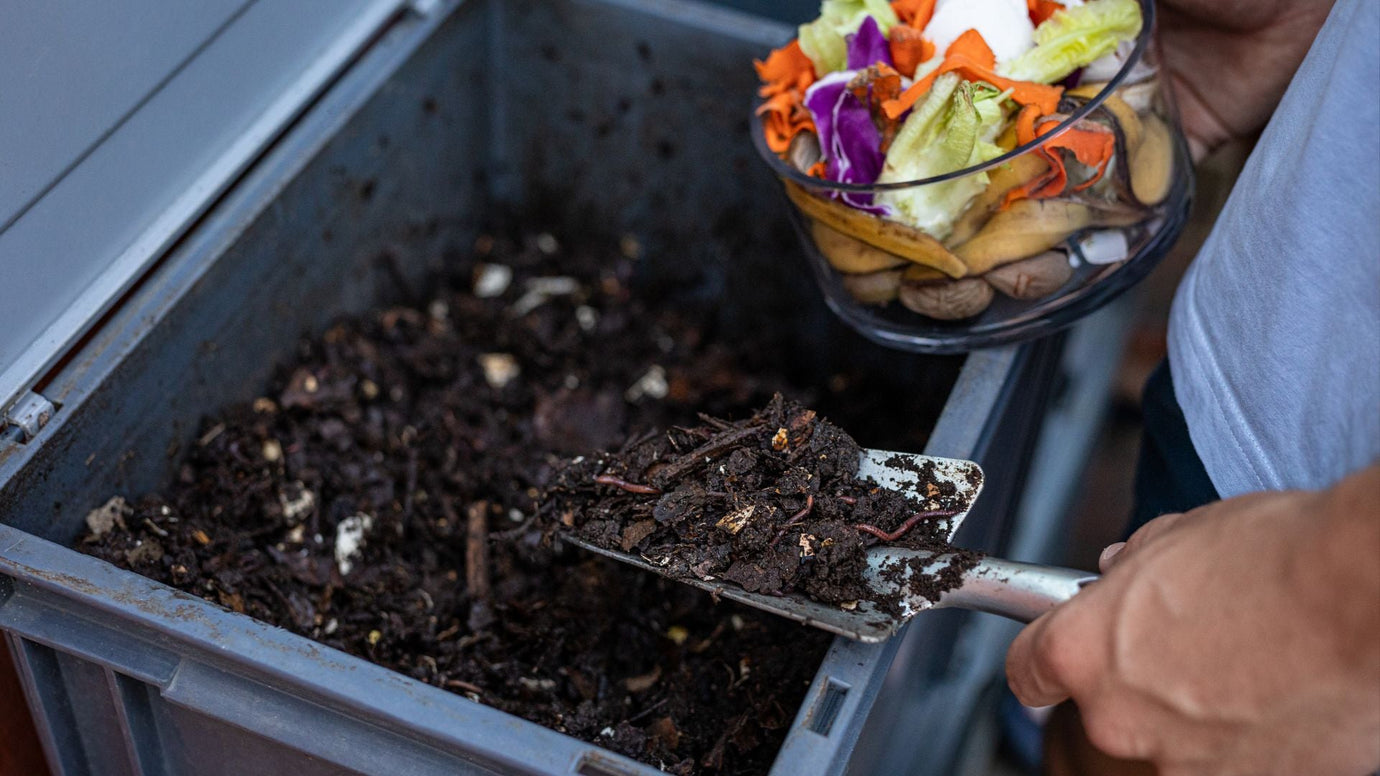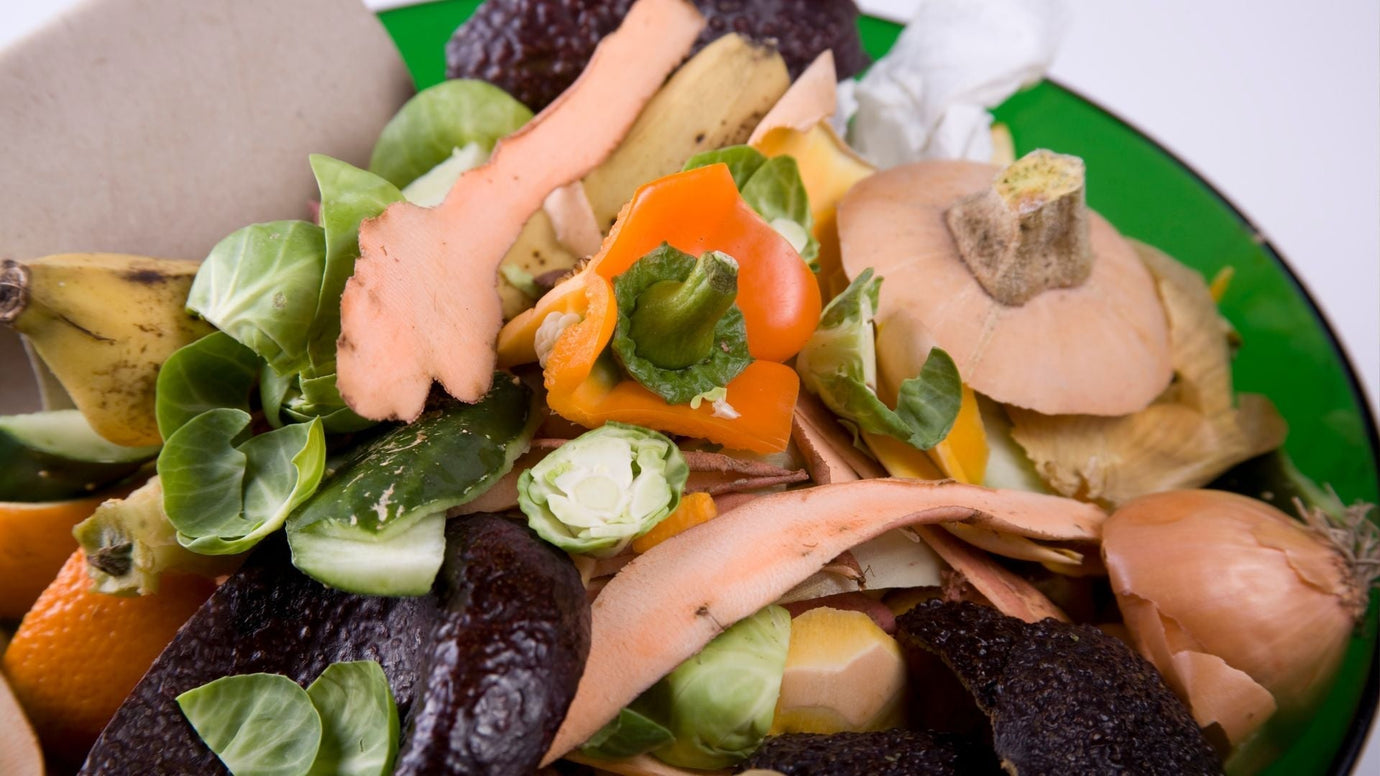6 Advanced Composting Techniques to Boost Your Gardening
From my years of gardening, I assure you that good soil is critical for a thriving garden. And what’s the secret ingredient for great soil you might ask? Compost of course! While traditional composting methods are effective, there are several advanced techniques that can supercharge your composting efforts and enhance your garden’s health. I've experimented with many composting methods to improve my soil quality over the years, and here are six advanced techniques that I recommend.
1. Hot Composting
All about speed and efficiency, hot composting works by maintaining high temperatures (between 130°F and 160°F) so organic materials can break down quickly - often within weeks instead of months. You’ll need to balance your carbon (browns) and nitrogen (greens) materials to this end, while monitoring moisture levels and keeping your compost pile aerated as well.
I typically used a mix of kitchen scraps and dried leaves for this method. Remember to turn the pile regularly to ensure the heat stays consistent, and you’ll be rewarded with rich, dark compost within a month!
2. Bokashi Composting
Bokashi composting is unique as it is a fermentation process that utilizes bran inoculated with beneficial microbes. This method also allows you to compost meat, cooked foods, and dairy, which are often a no-go for standard composts.
You can compost all types of food waste with Bokashi, reduce odors, and create a nutrient-rich tea that can be used as a liquid fertilizer. The fermented matter is then buried in garden soil to complete decomposition.
3. Vermicomposting
Vermicomposting is essentially using worms to break down organic matter into nutrient-rich castings. This is a fantastic method for producing high-quality compost and is ideal for urban gardeners or those with limited space, since it can be done indoors or on a balcony.
I put the worms in a simple bin made from a plastic tote, where they devour my kitchen scraps in no time. The result is worm castings that can be used as a potent fertilizer for my plants. This is also a fun method to engage the kids in gardening activities!
4. Trench Composting
As the name suggests, this type of composting involves digging a trench in your garden and layering organic materials into the soil directly. This technique is recommended for perennial gardens, as it enriches the soil over time without the need for a separate compost pile.
Start by digging a trench in the garden and filling it with kitchen scraps and garden waste. The materials will have decomposed come spring, and the soil will be teeming with nutrients and ready to support vibrant growth for your plants.

5. Anaerobic Composting
Most composting relies on aerobic (oxygen-based) decomposition, while anaerobic composting uses anaerobic bacteria instead to break down organic materials without oxygen. This process produces methane gas, which can be captured and used as a renewable energy source. It also produces a nutrient-dense compost that comes with a distinctive aroma. The key to this technique is maintaining an oxygen-free and airtight environment, which you can achieve by burying compost piles or using specialized airtight composters.
6. Brewing Compost Tea
While it’s not a composting method per se, compost tea is a great way to make use of finished compost. This “tea” is created by steeping compost in water - for a nutrient-rich liquid that can be used to fertilize your plants or boost soil health.
Compost tea is rich in soluble nutrients, beneficial microorganisms, and growth hormones that are perfect for feeding plants or drenching the soil. It's an easy way to give your garden an extra nutrient boost.
Final Thoughts
With these advanced composting techniques, you can transform and boost your gardening experience. Depending on your needs, each method has unique benefits that can be tailored to fit your gardening style and space. By incorporating these composting strategies, you’ll enrich your soil and create a more sustainable garden too.







